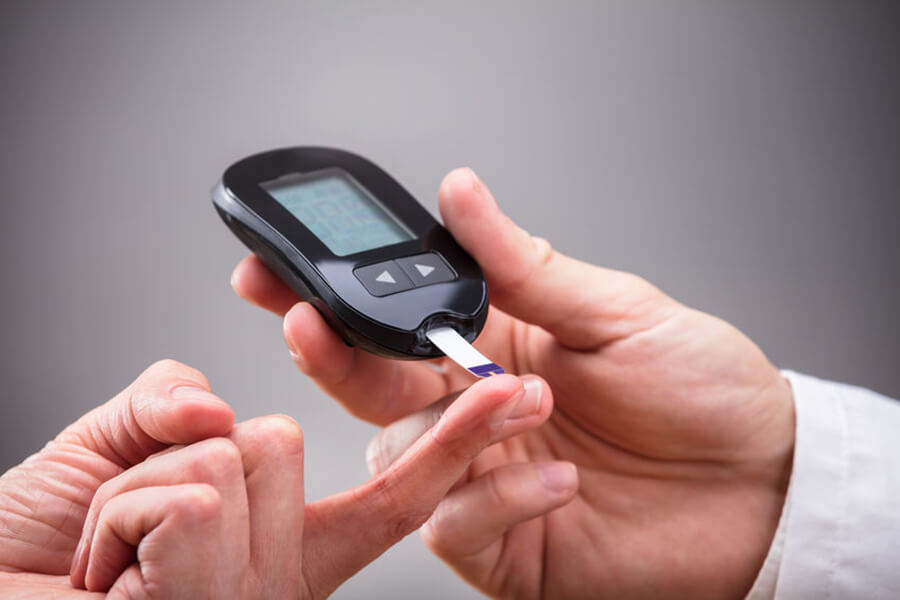Diabetic Ketoacidosis (DKA) is a dangerous complication that occurs when your blood sugar is extremely high and your body builds up ketones. Ketones are substances made in your liver when your body is not making enough insulin.
The ketones are acidic and will build up in your blood. This is an emergency! Call your medical provider or seek medical services immediately because it can lead to a coma or death.
Are you at risk?
Risk factors include Type 1 diabetes, high levels of stress, smoking, or having drug or alcohol problems. Men who have Type 2 diabetes are not as high risk, but can still have ketoacidosis.
You are at risk if you have had a previous heart attack or stroke. Some common causes of ketoacidosis happen when you miss an insulin injection, get a blocked insulin pump or have an illness.
Control of your glycemic level is key. A literature review published in the journal BMJ Open pointed out, “DKA was more prevalent in patients with fair or poor glycaemic control, defined as HbA1c ≥8.5%. In contrast, the lowest prevalence of DKA was reported for patients with excellent glycaemic control, defined as HbA1c <6.5%.”
Watch for these symptoms
The most noticeable symptoms of diabetic ketoacidosis are high blood sugar levels (250 mg/dL), frequent urination, extreme thirst, and high levels of ketones in your urine. Abdominal pain along with nausea or vomiting can occur.
You may be extremely tired, have rapid breathing, and an overly dry mouth.
Follow these prevention steps
Don’t be overwhelmed. Set up a plan and follow it every day to keep your blood sugar level.
Several apps will remind you to take your insulin at the same time every day. Connect the apps right to your glucose meter and graph your levels throughout the day.
Prevent infections by washing hands and steering clear of people who have colds, influenza, or a norovirus.


